Last Updated on: 18th March 2024, 05:01 am
An emergency tax code, also known as a temporary tax code, is a tax code that is assigned to individuals when their correct tax code is not available to HMRC (HM Revenue and Customs). It is denoted by codes ending in ‘W1’, ‘M1’, or ‘X’, such as 1257L WI, 1257L MI, or 1257L X.
Emergency tax codes are applied in situations where there has been a change in circumstances, such as starting a new job, transitioning from self-employment to being employed, or receiving company benefits or the State Pension. These codes are temporary and will be updated by HMRC once the correct details are provided.
If an individual’s tax amounts are not correct due to the emergency tax code, they will remain on the code until the correct tax is paid for the year. Updating the tax code can be done by providing the necessary details to the employer or contacting HMRC directly.
Why You Might Have an Emergency Tax Code?
There are several reasons why an individual might be placed on an emergency tax code. These include:
- Starting a new job: When starting a new job, HMRC may not receive income details in time, leading to the assignment of an emergency tax code.
- Transitioning from self-employment to being employed: If you have recently switched from being self-employed to working for an employer, it may take time for HMRC to update your tax code.
- Receiving company benefits or the State Pension: If you receive company benefits or the State Pension, it can result in the need for a temporary tax code.
- Any other change in circumstances: Any change in circumstances that affects your tax status may require the use of an emergency tax code.
Being on an emergency tax code can often result in being taxed at a higher rate. This is because the code usually does not include any tax-free personal allowance. To avoid overpaying taxes, it is important to rectify the situation as soon as possible by updating your tax code.

Being Taxed at the Higher Rate
When you are on an emergency tax code, it means that you are not benefiting from any tax-free personal allowance. As a result, you may be taxed at a higher rate on your earnings, leading to a larger tax bill than necessary.
To ensure that you are taxed correctly, it is crucial to update your tax code with accurate information as soon as possible.
Next, we will explore how you can update your tax code and resolve any issues related to emergency tax.
How to Update Your Tax Code and Resolve Issues?
Updating your tax code is essential to ensure that you are paying the correct amount of tax and avoid any unnecessary complications. With the assistance of your employer, updating your tax code can be a straightforward process. Depending on your situation, there are different steps you can take:
Starting a New Job
If you are starting a new job, providing your employer with a P45 from your previous job is the usual way to update your tax code. Your P45 contains information about your earnings and the tax you have paid so far. However, if you don’t have a P45, your employer can request the necessary information from you directly. It is crucial to ensure that your employer has the correct details to avoid any issues with your tax code.
Transitioning from Self-Employment to Employment
If you are transitioning from self-employment to being employed, your employer should provide you with a starter checklist form to collect information about your previous employment. This form helps your employer understand your tax obligations and ensures that your tax code is updated accurately.
Receiving Company Benefits or State Pension
If you receive company benefits or the State Pension, it is important to check your tax code online to ensure that these are included. You can use the tax code online service to review and update your tax code if necessary. Alternatively, you can contact HMRC directly to inform them about your benefits or pension income.

Ensuring that your tax code is up to date is essential for accurate tax calculations and to avoid any overpayments or underpayments. By following these steps and providing accurate information to your employer or HMRC, you can resolve any issues with your tax code efficiently.
HMRC Contact Details
If you have any questions or need assistance with updating your tax code, you can contact HMRC using the following details:
| Contact Method | Contact Details |
|---|---|
| Telephone | 0300 200 3300 |
| Website | www.gov.uk |
How to Claim Back Emergency Tax Overpayments?
If you have overpaid taxes due to an emergency tax code, you have the right to claim back the overpayments. The process typically involves receiving a P800 tax calculation letter from HMRC, which will indicate whether you are entitled to a refund or if there is an underpayment.
HMRC will inform you of the method of repayment in the letter, which may include options such as:
- Online bank transfer
- Using the personal tax account
- Receiving a cheque
It is crucial to cross-check the HMRC calculations with your own records to ensure accuracy and avoid any incorrect payments.
If you believe that you are owed a refund but it has not been communicated through a P800 notice, it is recommended to inform HMRC before the end of the tax year. This can be done either through the personal tax account or by contacting HMRC directly.
If you are claiming a refund for a previous tax year, it is advisable to write a repayment claim letter to HMRC. Make sure to include all necessary personal details and supporting documents, such as P60s and P45s, to facilitate the process.
| Repayment Method | Timeframe |
|---|---|
| Online bank transfer | Approximately 5 business days |
| Using personal tax account | Dependent on individual circumstances and verification process |
| Receiving a cheque | Approximately 8 weeks |
If you have any doubts or questions regarding your emergency tax refund, it is always best to reach out to HMRC for clarification. They will be able to guide you through the process and provide any additional assistance you may require.
How Long Does it Take to Receive an Emergency Tax Refund?
Receiving an emergency tax refund involves several factors that influence the timing of the repayment. These factors include the type of earnings being reclaimed, whether it is from work or pension income, the method of claim application, and whether any security checks are required by HMRC. Once a claim is accepted by HMRC, the repayment process can take anywhere between five days and eight weeks. While waiting for the refund, it is important to remain patient and follow up if necessary.
Repayment Timing
The timing of the emergency tax refund repayment depends on various circumstances and processes involved in reclaiming earnings from the HMRC. The two primary factors that influence the repayment timing include:
- Type of Earnings: The source of the earnings being reclaimed, whether it is from work or pension income, affects the timeline for receiving the refund. Different processes may be involved in verifying and processing each type of claim.
- Claim Application: The method used to apply for the refund can also impact the timing. Whether the claim is made online, through postal correspondence, or other means may affect the speed of processing and repayment.
Once the claim is accepted by HMRC and the security checks, if any, are completed, the refund will generally be issued within a timeframe of five days to eight weeks.
Reclaiming Earnings
When individuals experience tax overpayments due to emergency tax codes, they can reclaim their earnings by following the appropriate HMRC processes. By submitting a valid claim and providing the necessary information, individuals can initiate the repayment procedure.
It is important to note that the timing of receiving the refund is subject to the internal procedures and workload of HMRC. The repayment process may involve verifying the claim details, ensuring accuracy, and conducting any required security checks before issuing the refund.
Pension Income Refunds
Reclaiming overpaid taxes on pension income may take a slightly longer time to process compared to refunds related to work earnings. This is due to the additional complexities involved in verifying and calculating taxes on pension income. Individuals reclaiming overpaid taxes on their pension income should expect a slightly extended repayment timeframe.
Throughout the refund process, it is advisable to regularly check the status of the claim and follow up with HMRC if there are any delays or concerns.

| Factors Influencing Repayment Timing | Repayment Timeframe |
|---|---|
| Type of Earnings (Work or Pension Income) | Varies, generally between 5 days and 8 weeks |
| Claim Application Method | Varies, generally between 5 days and 8 weeks |
| Pension Income Refunds | Slightly longer processing time compared to work earnings |
Tips to Avoid Emergency Tax
While it may not always be possible to completely avoid being placed on an emergency tax code, there are steps you can take to minimize the chances. By following these tips, you can help ensure that your tax affairs are in order and avoid any unnecessary complications with emergency tax:
- Notify HMRC promptly: If there are any changes in your circumstances that may affect your tax code, such as starting a new job or transitioning from self-employment to being employed, it’s important to notify HMRC as soon as possible. Providing them with accurate information will help ensure that your tax code is up to date.
- Seek advice from a financial expert: Understanding tax regulations can be complex, and seeking advice from a financial expert can help you navigate the intricacies of tax management. A professional tax advisor can assist you in optimizing your finances and ensuring that you are taking advantage of all available tax benefits.
By following these tips, you can minimize the likelihood of being placed on an emergency tax code and effectively manage your tax affairs.
Notification is Key
One of the most crucial steps in avoiding emergency tax is notifying HMRC promptly about any changes in your circumstances. Whether you’re starting a new job, transitioning from self-employment to being employed, or experiencing any other situation that may impact your tax code, timely notification is essential. By keeping HMRC informed, you can ensure that your tax code accurately reflects your current circumstances and minimize the risk of emergency tax.
Conclusion
Dealing with an emergency tax code can be confusing and may result in overpaying taxes. However, by understanding the reasons for an emergency tax code, updating the tax code with accurate information, and claiming back any overpayments, individuals can effectively resolve any issues and ensure that they are paying the correct amount of tax. It is important to stay informed about tax regulations, seek assistance when needed, and actively manage one’s finances to avoid any unnecessary tax complications. By doing so, individuals can confidently navigate the tax system, make full use of the available tax management options, and ensure that they are receiving the full benefits they are entitled to.
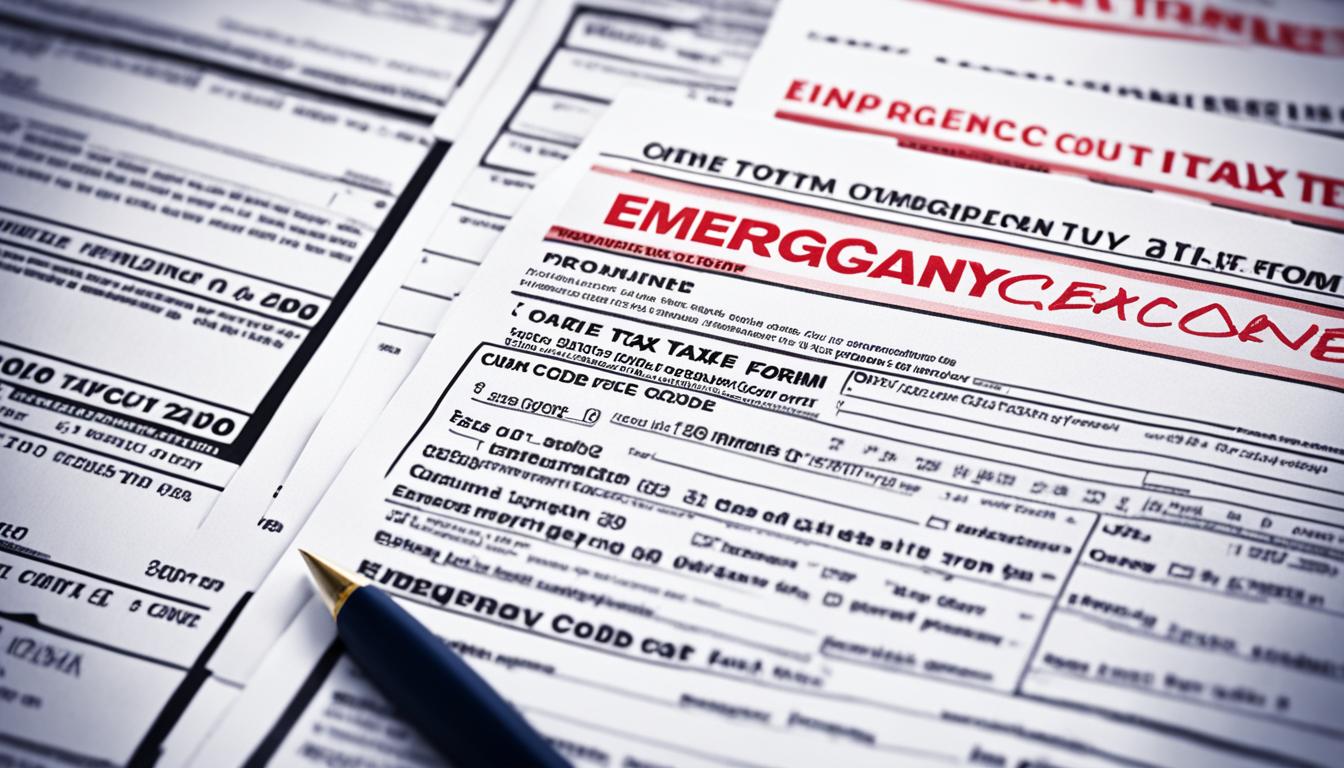









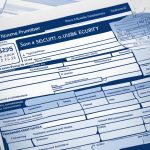



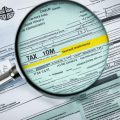


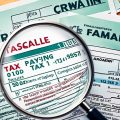

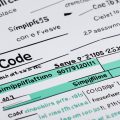
No Comments
Leave a comment Cancel